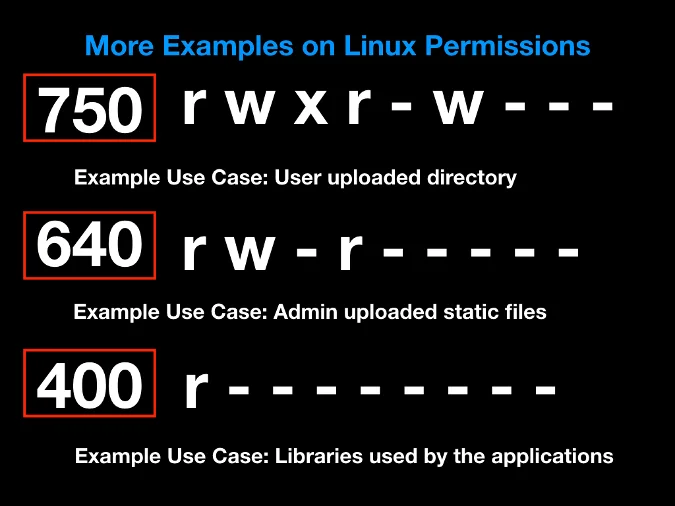
A beginner's guide to Linux permissions
Linux File permissions specify three things you can do with a file - read, write and execute. They are referred to in Linux by a single-letter code. r - read - you may view the contents of the file. w - write - you may change the contents of the file. x - execute - you may execute or run the file if it is a program or script.
Unix/Linux Permissions Calculator Android Apps on Google Play
The permission number can be a 3 or 4-digits number. When 3 digits number is used, the first digit represents the permissions of the file's owner, the second one the file's group, and the last one all other users. Each write, read, and execute permissions have the following number value: r (read) = 4. w (write) = 2.
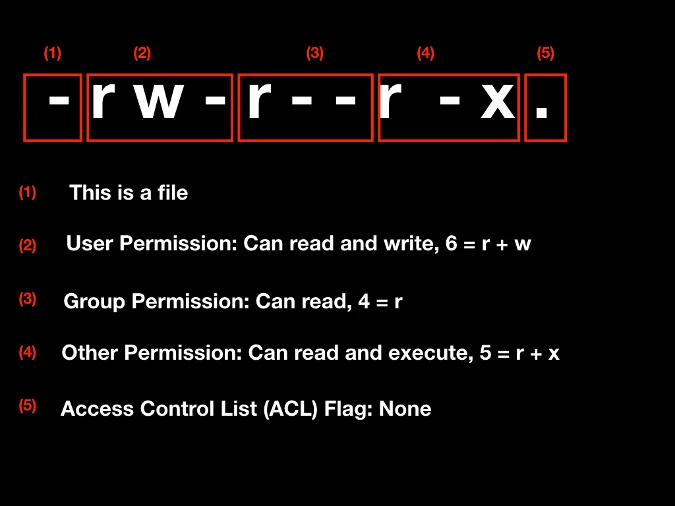
A beginner's guide to Linux permissions
Chmod calculator allows you to quickly generate permissions in numerical and symbolic formats. All extra options are included (recursive, sticky, etc). You'll be ready to copy paste your chmod command into your terminal in seconds. Use the octal CHMOD Command: chmod -R 777 folder_name OR use the symbolic CHMOD Command: chmod -R a+rwx folder_name

Linux File Permissions Calculator
The Chmod Calculator is a powerful tool for simplifying Linux permission calculations. Its user-friendly interface and data storage feature enhance convenience, saving time and providing a reliable reference for efficient Linux permission management. Embrace the Chmod Calculator to streamline your Linux permission tasks today!

karavána snazzy Paradajka permission linux calculator záves uhol vonkajšie
The Chmod Calculator tool serves the purpose of simplifying the calculation and management of Linux file and directory permissions. It offers several benefits that enhance the user experience and efficiency in working with permissions. Here are the key purposes and benefits of the Chmod Calculator: Benefits of Chmod Calculator Easy Calculation

Linux permissions reset qustacme
There are three specific UNIX/Linux file system permissions - read ( r ), write ( w ), and execute ( x ). Permissions are grouped into three sets or triads, each defining access for different scope or class: user/owner ( u ), group ( g ), and everyone else/others ( o ). Permissions can be presented either in numeric (octal) or symbolic notations.

Linux File Permissions Calculator
About Chmod Calculator. Chmod Calculator is a free utility to calculate the numeric (octal) or symbolic value for a set of file or folder permissions in unix or unix-like systems such as linux or ubuntu.. How it Works? Check the desired boxes or directly enter a valid numeric value (e.g. 777) or symbolic notation (e.g. rwxrwxrwx) to see its value in other formats.
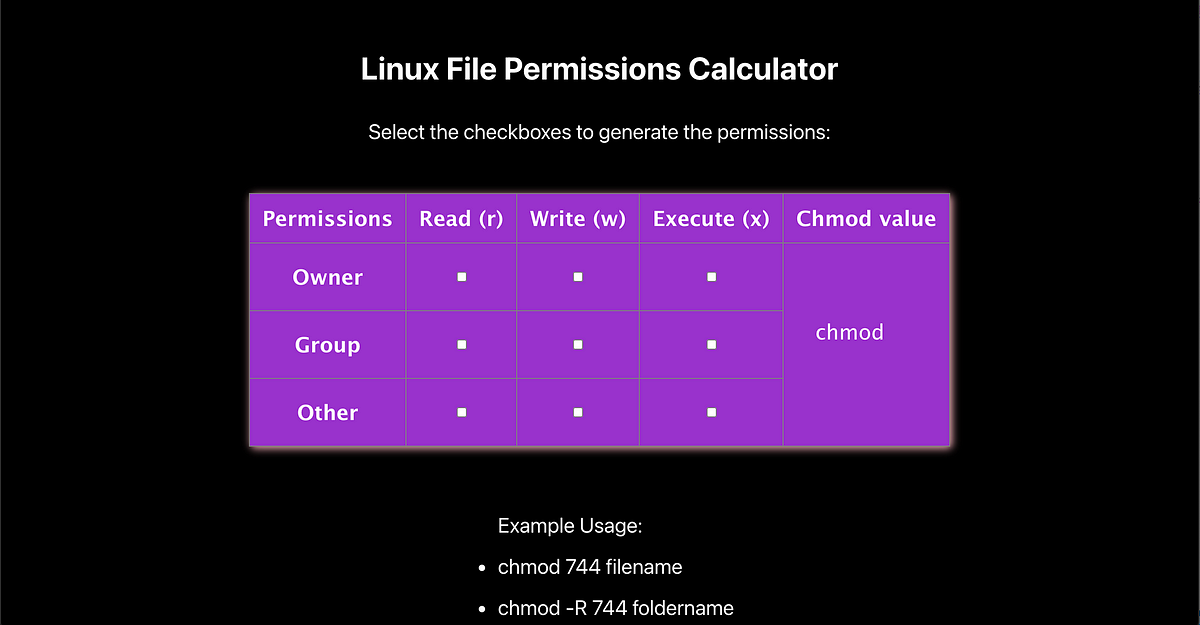
Linux File Permissions — chmod(numeric) calculator by Divya Bhushan
The chmod command is used to control who can access files and directories on Unix and Unix-like systems. It allows you to specify three types of permissions for each file or directory: read, write, and execute. Change access permissions, change mode. read (r) → allows users to open and read the file's contents.
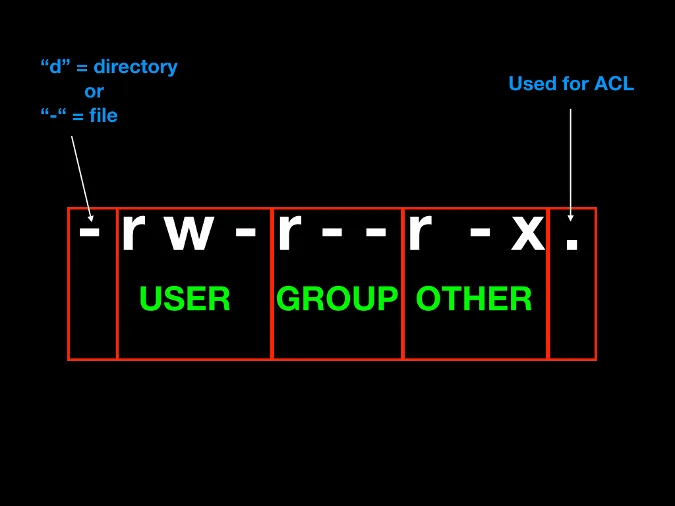
A beginner's guide to Linux permissions
SUID. SGID. Sticky. Special. Numeric Change permissions Recursively change permissions. Understanding and using file permissions on unix systems. Includes an easy-to-use calculator for filesystem permissions.

Study Linux permissions in 2021 IP ON WIRE
Chmod Calculator Enter the value that you want to calculate chmod.. Unix Permissions Calculator Chmod calculator generates command in number format for file and directory permissions in Unix and Linux. If you are working on Unix, Linux server then permissions are a very important and difficult task.

Unix/Linux Permissions Calculator for Android APK Download
Chmod Calculator is a free utility to calculate the numeric (octal) or symbolic value for a set of file or folder permissions in Linux servers. How to use Check the desired boxes or directly enter a valid numeric value (e.g. 777) or symbolic notation (e.g. rwxrwxrwx) to see its value in other formats. File Permissions

Linux Permission Codes Linux permissions, Reading writing, Coding
Linux permissions are a concept that every user becomes intimately familiar with early on in their development. We need to execute scripts, modify files, and run processes in order to administer systems effectively, but what happens when we see Permission denied? Do you know why we see this message?

Convert for free 𝗰𝗵𝗺𝗼𝗱 𝗰𝗮𝗹𝗰𝘂𝗹𝗮𝘁𝗼𝗿 is a Linux permissions calculator. It
Chmod Permissions Calculator. Unix Permissions | CodersTool SHARE ON Chmod Permissions Calculator Generates numerical format for file, directory permissions for Linux and Unix - read, write and execute access Owner Read Write Execute Group Read Write Execute Public Read Execute Linux Permissions: You can edit the permission

Study Linux permissions in 2021 IP ON WIRE
File Permissions Basics In Linux, permissions are represented either in symbolic notation (rwx) or octal notation (numbers from 0 to 7). These permissions are grouped into three sets, each corresponding to a specific role: Owner: The user who owns the file. Group: Users who are part of the file's group. Others: All other users on the system.

Linux permissions tables Reffffference
Chmod Calculator is an online utility to convert Linux permissions for files or directories on servers between different formats (symbolic, numeric). Easy to use: Check the desired boxes or directly enter a valid numeric value (e.g. 644) or symbolic notation (e.g. rw-rw-r--) to see its value in other formats.
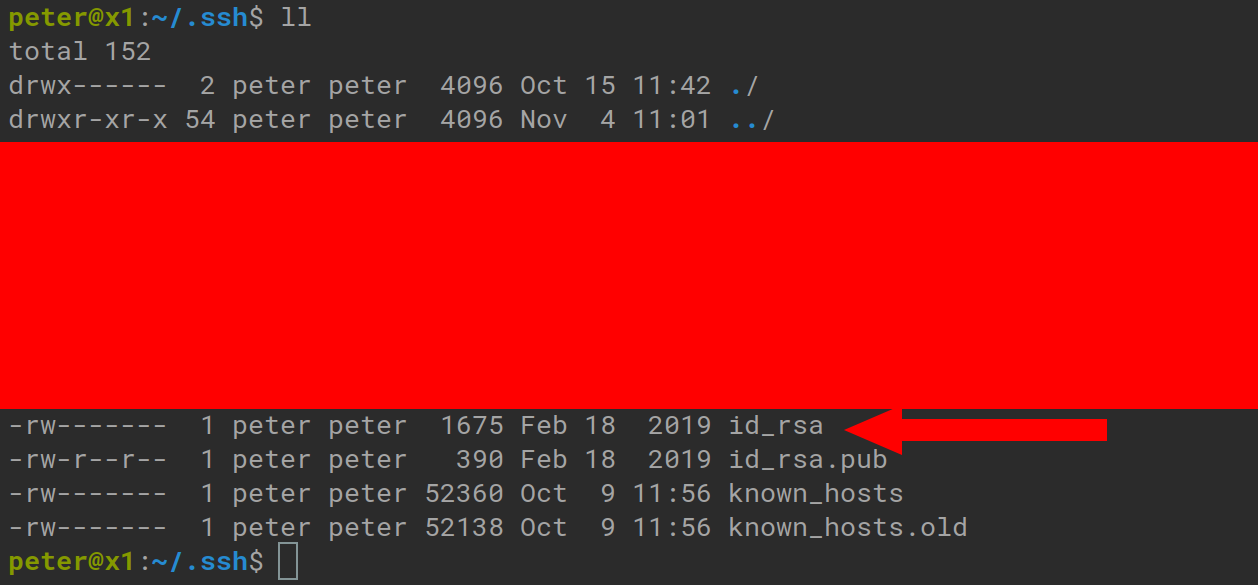
25+ Linux Permission Calculator SahlaSandeep
This nifty online chmod calculator lets you calculate the file permissions in absolute and symbolic modes in a few clicks. Chmod Calculator: Calculate Linux File Permissions Chmod Calculator Just select the permissions that you want for your files and hit the Calculate button. The permissions are displayed under the calculate button. Owner Read: